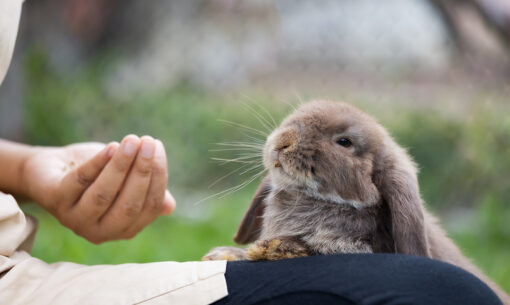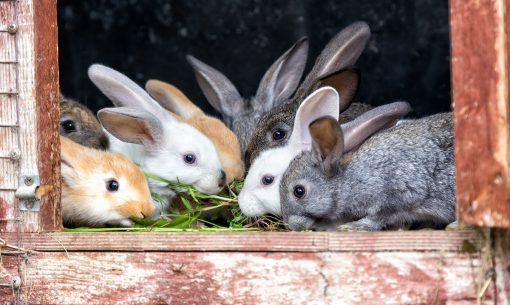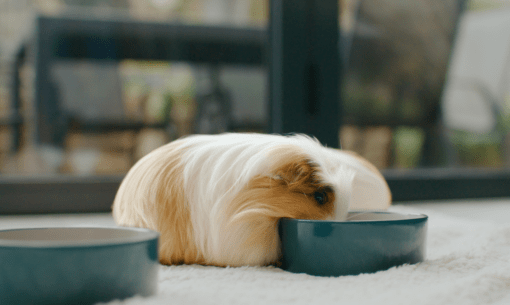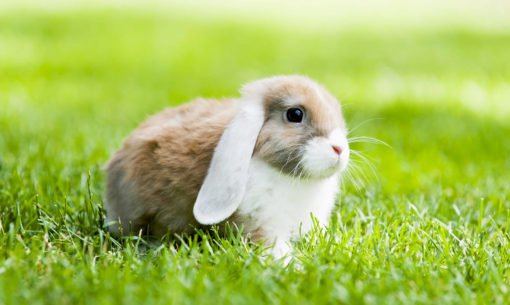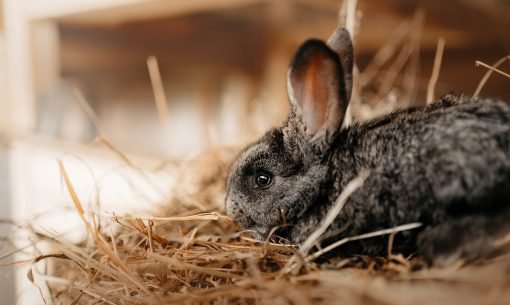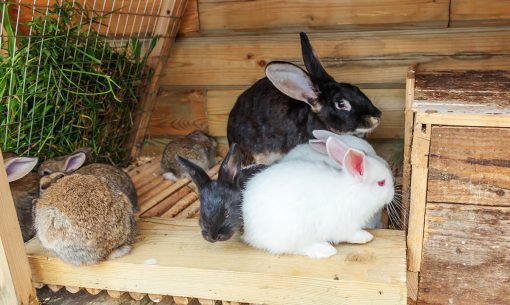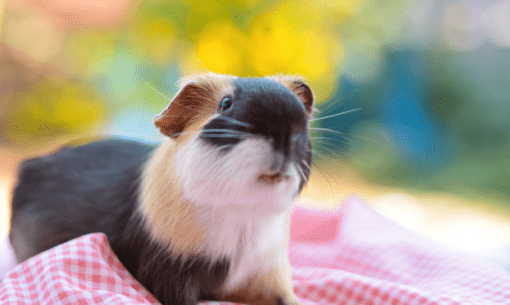Newborns, Nutrition and the Best Start in Life for Rabbits
Spring is in the air, or it very soon will be. Well past the shortest day, we can all start to look forward to lighter evenings and the promise of warm weather to come. Nothing says springtime more than baby animals and if you are welcoming the pitter-patter of tiny paws into your four-legged family, you will want to get things just right. Read on for all you need to know about young rabbit nutrition, and more besides.
The Best Start in Life
Just as with adult rabbits, when it comes to youngsters, optimum nutrition is the key to health and wellbeing. In fact with the added nutritional requirements of growth, getting diets spot-on is even more important; nutrition tailored to growth will ensure that your young bun gets the very best start in life. We all know that there are puppy and kitten diets for our canine and feline friends, but did you know that life stage diets are now available for rabbits and guinea pigs too?

Junior diets: key features
The key features of a Junior or growth diet are:
- Additional protein to support healthy muscle growth.
- Correctly balanced calcium and phosphorus to help support strong and healthy bone development.
- Prebiotics to support healthy gut motility and digestive wellbeing, especially important around weaning.
Supreme’s Science Selective Junior Rabbit Food has a recipe formulated to meet these specific needs. With a protein content of 17 percent (compared to 14 percent in the equivalent adult diet), together with 0.8 percent calcium and 0.5 percent phosphorus and added prebiotics (mano-oligosaccharides or MOS), Science Selective Junior Rabbit Food will helps get young rabbits off to a great start.
Of course it goes without saying that, just as for adult rabbits, high fibre is needed to support dental and digestive health, and all rabbit diets should mirror natural nutrition. Rich in delicious natural ingredients, with no added sugar and high fibre (19 percent), Junior Rabbit certainly fits the bill.
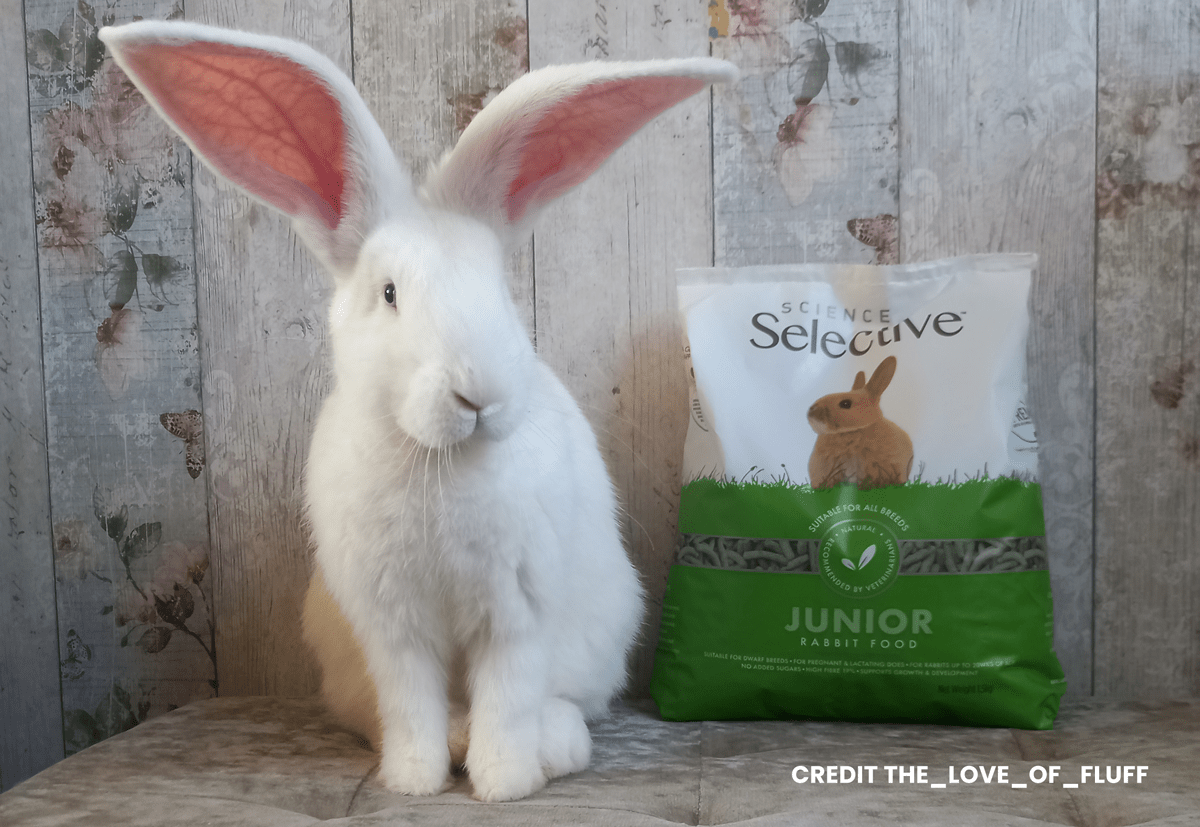
Growing up
A Junior diet will perfectly meet your bun’s nutritional needs while they are growing, but once they have completed this phase of rapid development, you will need to move them onto an adult diet such as Science Selective Adult Rabbit Food. The exact age at which this dietary change is made will depend on factors such as breed or size, but it will normally be at around 20 weeks of age.
Remember to make any dietary change gradually, aiming to allow a minimum of ten days for any food transition. On day one, a maximum of 20 percent of the food portion should be the new diet, slowly building up to 80 percent by days seven and eight, with 100 percent of the portion being the new food by day ten.
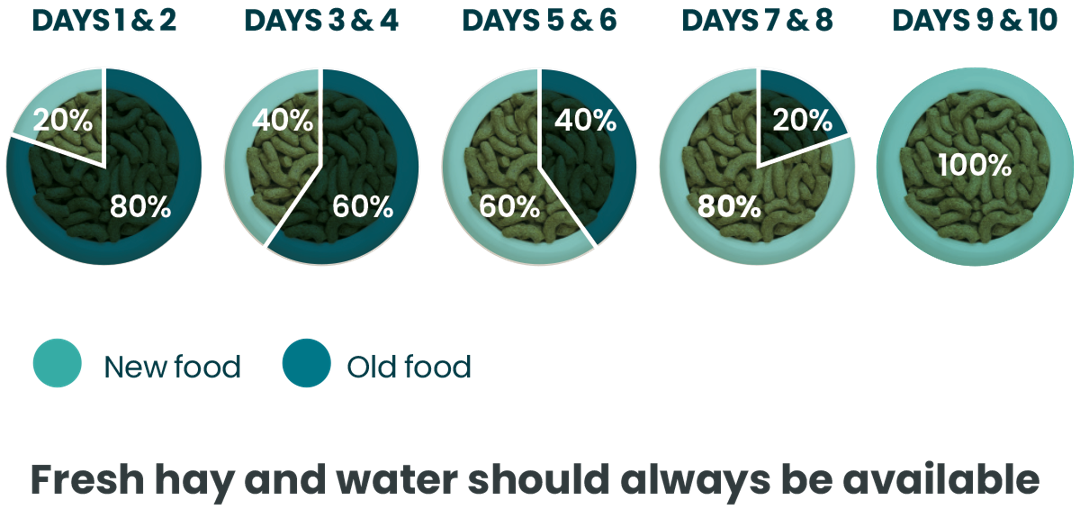
Neutering
At the same time as your bun is graduating to adult food, you should talk to your vet about neutering. As well as preventing unwanted pregnancies and enabling both sexes to live together, neutering reduces fighting between males and prevents health problems including uterine adenocarcinoma (a form of cancer) in females. It should be carried out before sexual maturity and for most rabbits this means that the best time for neutering is about five months of age.1
Pregnancy, lactation and beyond
Neutering is the best choice for almost all pet rabbits, but did you know that the higher protein levels in Science Selective Junior Rabbit mean that it is also suitable for pregnant, and lactating does? Another key nutrient is calcium. Rabbit milk is very calcium-rich, containing on average three to five times more calcium than cow’s milk.2 The diet of lactating does, just like young growing rabbits, must therefore provide an adequate source of this mineral. It is also important that the ratio of calcium to phosphorus is carefully balanced, and 0.6 percent calcium to 0.8 percent phosphorus supports optimum skeletal development.
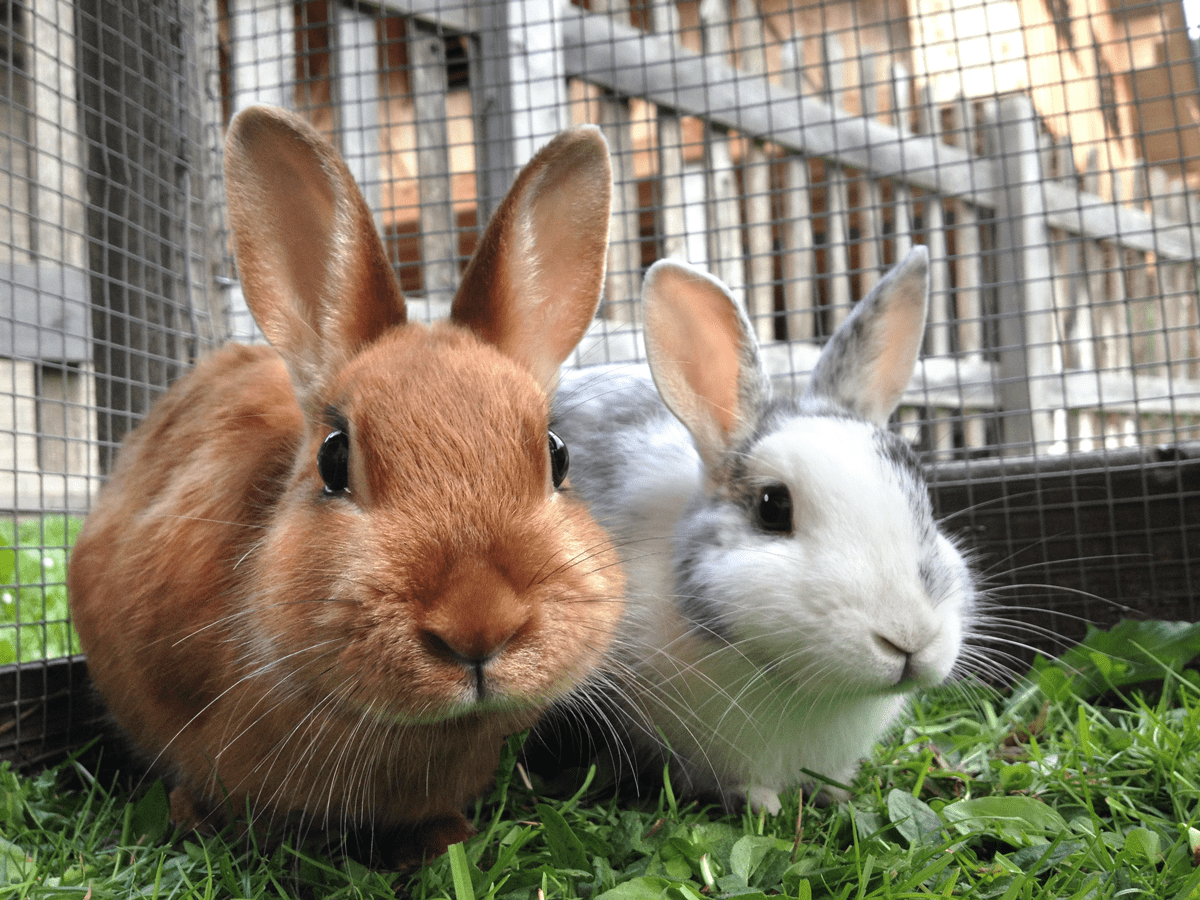
Rabbit reproduction fast facts
- Pregnancy lasts 31 to 33 days3
- Average litter size: five to eight
- Baby rabbits are known as kits
- Rabbits can become pregnant 24 hours after giving birth
- New-borns are blind, deaf and entirely dependent on the doe
- Eyes and ears are open by day 10
Maternal care the rabbit way
Rabbits are not known for their maternal care, spending a relatively small amount of time tending to their offspring, and when the doe is spending her time munching on hay, binkying in the sunshine or putting her paws up for a quick forty winks, it is easy to assume that the nest has been deserted. While this may seem at odds with our view of motherhood, it is actually an important evolutionary tactic designed to reduce the risks associated with predation – in the wild, staying away helps to keep the litter hidden and safe.
So although you may want to check the nest to make sure all is well, interfering in this way can lead to an increased chance of the doe attacking and even eating her young in the critical first few days of life. If absolutely necessary, a ‘hands-off’ brief inspection, no more than once a day is a compromise. Hungry young will tend to crawl around on top of the nest, but if sleeping and warm with smooth skin, they are likely to be well fed.1
Handling of the litter can start from about ten days old, with hands stroked over the doe first to help keep scents familiar.
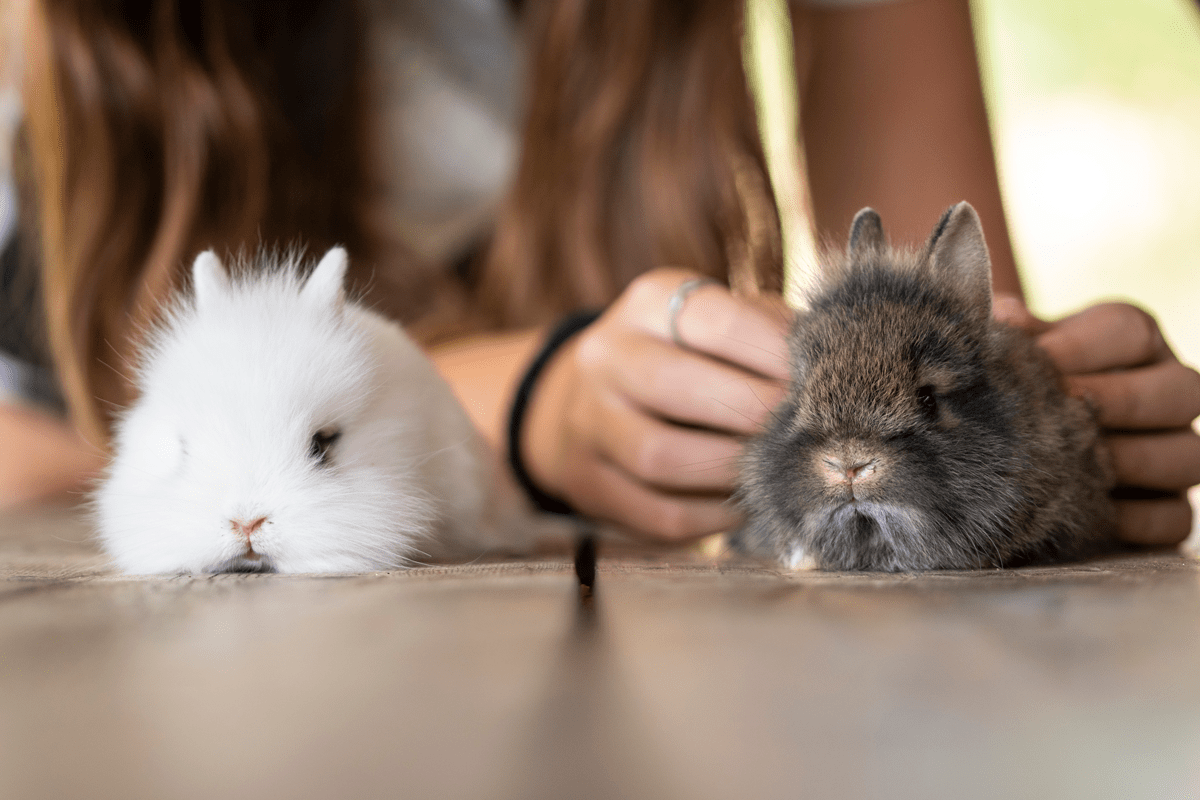
The demands of lactation
With such a short window of opportunity for the young to feed (as little as two to five minutes twice a day), rabbit milk has to be nutritionally rich. However, providing the litter with a supply of this nutrient-rich sustenance, puts tremendous demands on the body, which means that getting a lactating doe’s diet spot-on is vitally important.
To meet these demands, lactating does will eat up to three times more than they would usually consume. Despite this, their energy needs will often still be greater than their capacity for food intake. To a large degree this is a result of their high fibre requirement – critically important for maintaining healthy digestive function, but not so great at providing the necessary energy for milk production.
Feeding a diet such as Science Selective Junior Rabbit has a nutrient profile that helps to meet these needs, reducing the risk of loss of condition and weight loss.
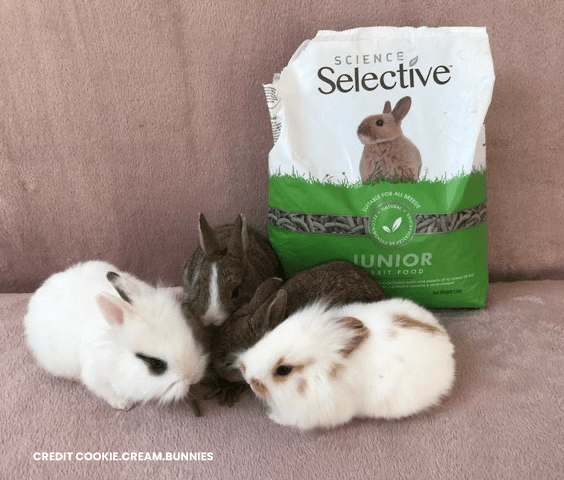
Fun fact to finish
Studies have shown that rabbits develop their discerning tastebuds early on – in fact, they show a clear preference for the diet that their mother was fed at weaning.4 All the more reason to feed lactating does a nutritionally optimal diet and in so doing give young rabbits the best start in life.
References
1. Varga M. Rabbit Basic Science. Textbook of Rabbit Medicine. 2014:3–108
2. El-Sayiad, G. A. et al., (1994) A note on the effects of breed, stage of lactation and pregnancy status on milk composition of rabbits. Animal Production 58, 153-157
3. McClure D. (2022) Breeding and Reproduction of Rabbits, MSD Veterinary Manual
4. Bilko A. et al., (1994) Transmission of food preference in the rabbit: the means of information transfer, Physiol Behav 56(5): 907-912

